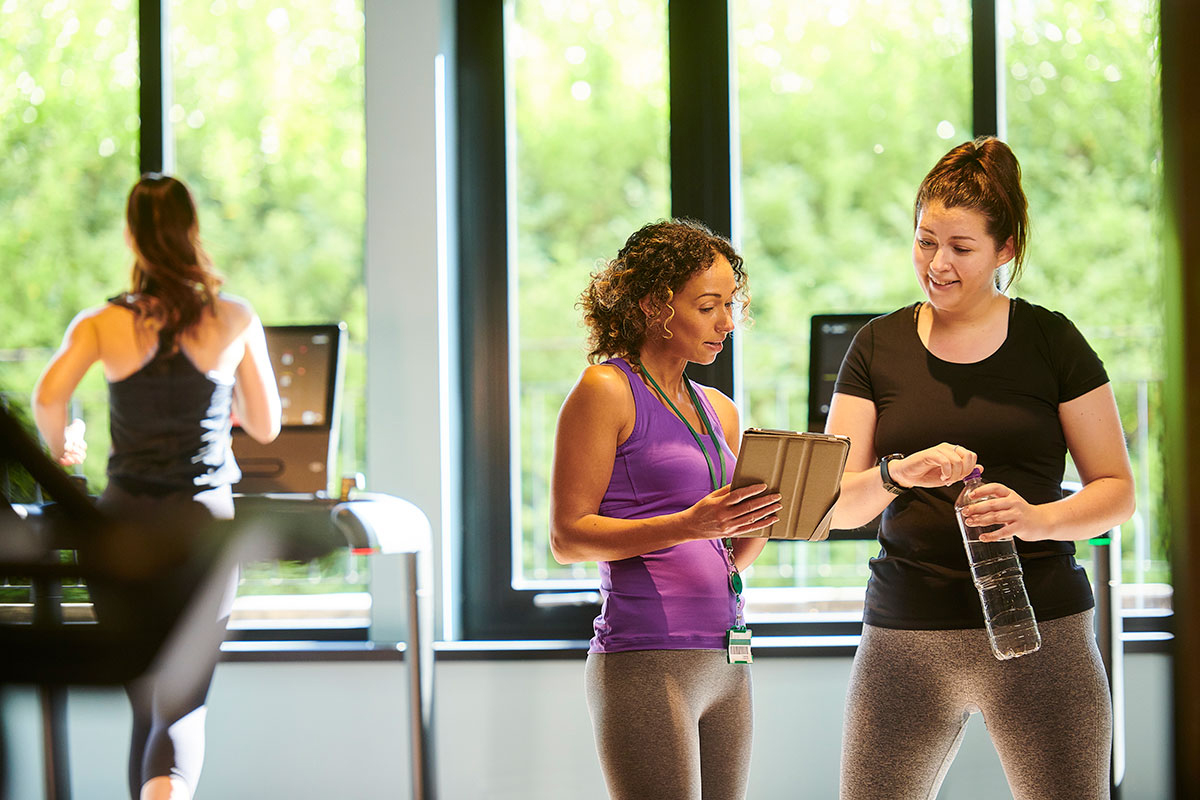[ad_1]
In October, I attended the IHRSA convention in Dallas, Texas, where I was fortunate enough to hear Diana Kander’s keynote presentation. Kander is a New York Times Best-selling author specializing in innovation. Along with Andy Fromm, she wrote The Curiosity Muscle, which I read in one sitting after being blown away by the knowledge bombs she was dropping all over the audience.
Kander’s take on the role curiosity plays in our successes and our failures should be mandatory listening for anyone in the fitness industry looking to impact more lives. I’ll give you a quick overview here and strongly urge you to put her words into practice: “Curiosity is like a muscle; if you ignore it, it will atrophy, but if you properly develop it, it will grow stronger and help you achieve extraordinary results.”
The better you become at what you do, the less likely you are to be curious. And, when you begin collecting evidence that proves you’re an expert, such as gaining clients quickly and helping them achieve results, you run the risk of developing blind spots regarding what you offer and how you go about doing your work.
The truth is, what worked yesterday may not work tomorrow because our clients’ needs change every day. While we’re busy continuing to do things the way we used to, our clients may very well continue along, but, unbeknownst to us, shiny objects that address their updated needs may catch their eye. And they may be off and running before we can even address the issue.
Curiosity is what keeps you innovating, in big and small ways. If you do not look for blind spots, you risk wasting resources working on things that aren’t vital to your particular customers. Continually finding ways to search out our blind spots is what’s needed to build scalable and sustainable businesses.
Before we talk about how you can get curious, a word about blind spots. I’m not suggesting you’re necessarily looking for blind spots in your exercise programming; your clients do not know the ins and outs of programming details, necessarily. I am, however, talking about how you package things up, how you run your business, the programs and payment options you offer, how you schedule or deliver sessions and how you communicate. It’s the nuts and bolts of your business.
Uncovering your blind spots begins by asking tough questions. Clients may provide surprising and painful feedback, which is precisely the information you need to hear. Believe there is always room for improvement and trust that your clients are actually pretty good at knowing—and telling you—what they need.
It’s important to make sure your questions are not biased. Questions asked to prove your point or confirm what you think you should be doing is pointless. You’re looking for real answers, which requires formulating questions that are open-ended and non-leading. You might consider offering a safe space for your clients to answer anonymously.
Once you hear the feedback, engage others to help brainstorm solutions to your blind spots. Your team, if you’re part of one, probably has a lot of ideas. Ideally, you’re part of a broader fitness community, either in your area or online, where you can bounce ideas and learn from others. Putting too much pressure on yourself to come up with all of the answers is a recipe for disaster.
Once you have some ideas, test them. Experiment with several different solutions to find the best fit. Very rarely is the first idea the one that works. You’ll also need to create a feedback loop to see if your ideas are solving the problems you are trying to address. Make sure there is a way for your test to fail. You’re not really testing if there’s no way to fail.
If the last couple of years has taught us anything, disruption is lurking and waiting for an opportunity to knock you out. Get ahead of the game by getting curious early and often. Don’t delay; start today. Let’s make 2022 the best year yet.
[ad_2]
Source link



